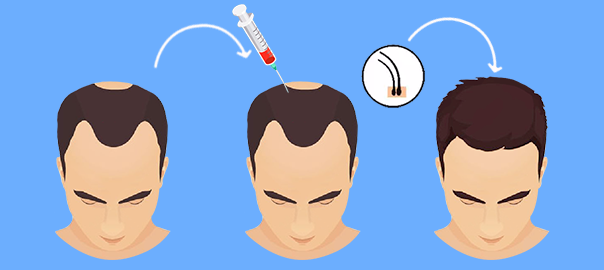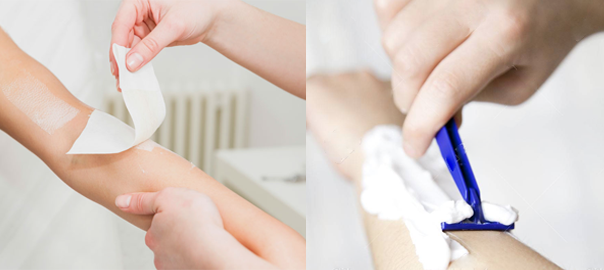Medically reviewed by Dr. Riaz Ali Shah.
Hair loss is a major dilemma faced by millions of people. It ranges anywhere from patchy hair loss to complete baldness. This is a cause of concern, lack of confidence and makes individuals extremely self conscious. Over the past decade or so, health professionals have been researching ways to combat hair loss problems. One of the recent innovations is PRP, also known as the Platelet Rich Plasma therapy.
Here are some of the things you must know about PRP treatment.
What is PRP therapy?
PRP (platelet-rich plasma) therapy for hair loss is a three-step medical treatment in which a person’s blood is drawn, processed, and then injected into the scalp.
Some in the medical community think that PRP injections trigger natural hair growth and maintain it by increasing blood supply to the hair follicle and increasing the thickness and volume of hair. The research is still ongoing, and there has not been substantial evidence to prove that this method truly works.
What is the process?
PRP therapy is a three-step process. Most PRP therapy requires three treatments 4–6 weeks apart. A trained doctor will be able to effectively carry out the process.
Maintenance treatments are required every 4–6 months.
Step 1
Your blood is drawn – typically from your arm – and put into a centrifuge (a machine that spins rapidly to separate fluids of different densities).
Step 2
After about 10 minutes in the centrifuge, your blood will have separated into three layers:
- platelet-poor plasma
- platelet-rich plasma
- red blood cells
Step 3
The platelet-rich plasma is drawn up into a syringe and then injected into areas of the scalp that need increased hair growth.
How much does PRP treatment cost?
The treatment in Pakistan costs approximately between Rs.10,000-Rs.30,000/session. The treatment usually requires 4-6 sessions and the process per sitting lasts less than 1 hour with minimal discomfort and pain. Patients can also opt to have a local anesthetic injected which would help to completely eliminate pain.
How is PRP compared to other hair loss treatments?
PRP vs Minoxidil
There are quite a few different treatments available for hair loss apart from PRP. One of the most famous ones is the drug called Minoxidil that stimulates hair growth. Research has proven that PRP therapy can be a valuable adjuvant to topical minoxidil therapy in the treatment of hair loss. Side effects with PRP therapy are minimal with better results which may improve the compliance of the patient. It can be especially preferred in those patients who are unsatisfied or are non-compliant to regular use of minoxidil therapy. Thus, both forms of therapies can be combined together for improved compliance and better outcomes.
PRP vs Hair Transplant
Another very commonly heard of procedure is the hair transplant, the PRP procedure and hair transplant procedures are vastly different. The type of hair loss a person is experiencing might play a role in determining whether they should have a hair transplant, PRP therapy, or both. Typically, hair transplants are performed on people with genetic hair loss. While the therapy can be used to treat male or female pattern baldness, it’s more often used to treat other types of hair loss, such as alopecia areata, an autoimmune disorder that causes people to develop patchy bald spots, or traction alopecia, which happens when a person constantly wears tight hairstyles.
This therapy can also be combined with a hair transplant, to perhaps improve the results of the surgery.





